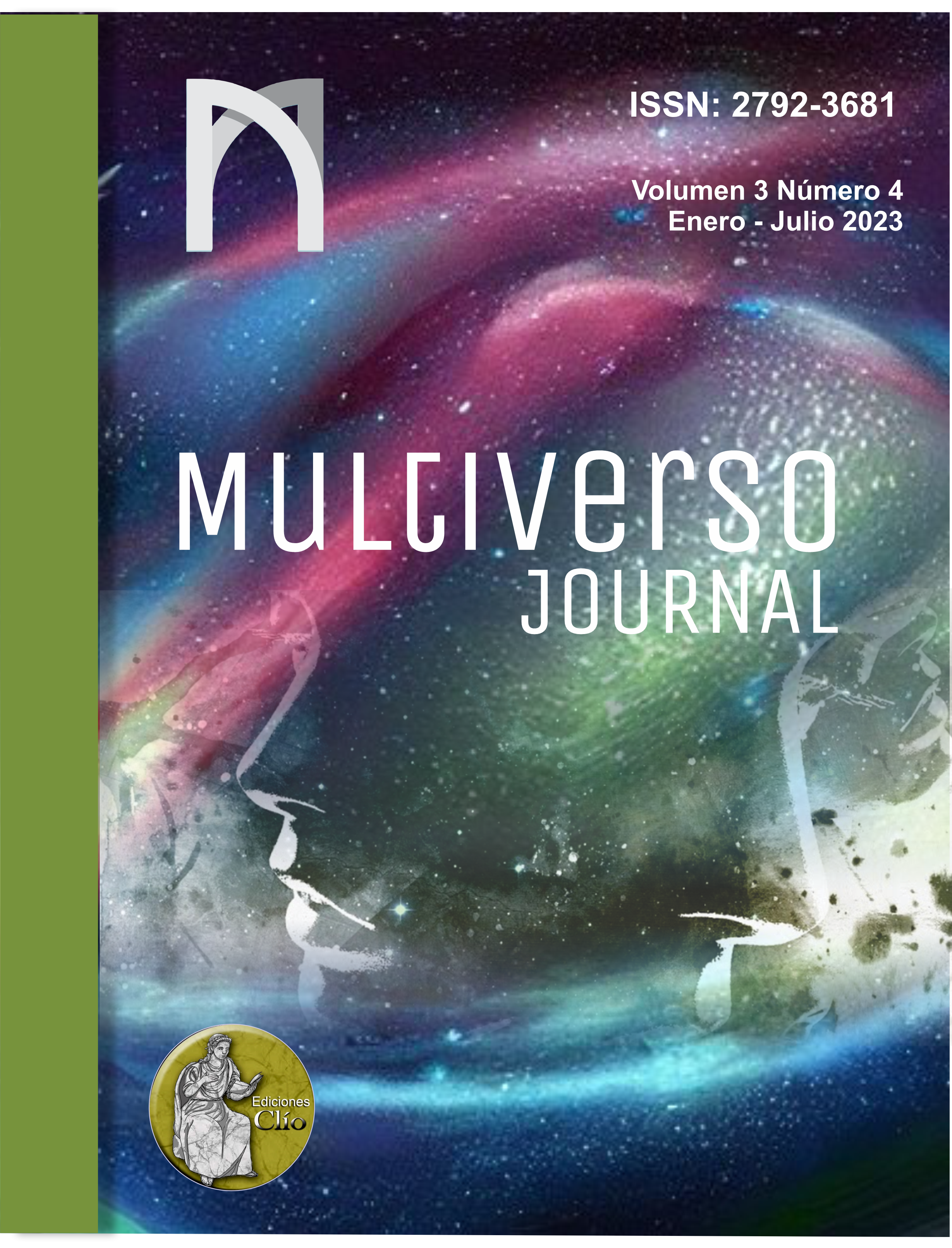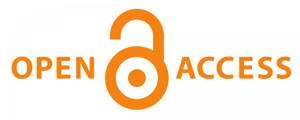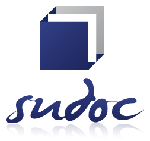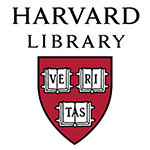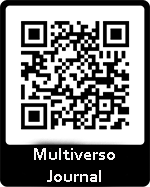The digital broadcasting industry and its great challenge for the 21st century
DOI:
https://doi.org/10.46502/issn.2792-3681/2023.4.1Keywords:
digital broadcasting, analog broadcasting, current challenges, communication policies, cyber-radio-online-streaming.Abstract
The definitive overcoming of analog broadcasting by digital technology first and, more recently, by platforms (cyber-radio-online-streaming), forces traditional radio and television stations to seek strategies to position themselves, with the options of virtuality, and to make themselves known on the Internet. In this sense, the objective of the research was to analyze the current challenges of digital broadcasting in Ecuador. Methodologically, it is a qualitative, documentary research with descriptive scope. The results obtained allow to conclude that, in Ecuador, analog media are at a disadvantage in the face of digital transformation; however, to migrate completely to a digital broadcasting environment is still a distant goal, basically because of the challenges that digital broadcasting has, among which it is worth mentioning: lack of qualified personnel, increased competitiveness, difficulties for economic sustainability and investments in cutting-edge technological equipment, creation of good practices, in addition tothe definitive overcoming of digital illiteracy, each of them can be circumvented with commitment by the social actors of Ecuador, in order to continue with the primacy of radio as a source of information and popular entertainment.
References
Agencia de Regulación y Control de Telecomunicaciones. (2021). Plan Nacional de Frecuencias. Quito: Agencia de Regulación y Control de las Telecomunicaciones.
Alan Neill, D., Quezada Abad, C., & Arce Rodríguez, J. (2018). Investigación cuantitativa y cualitativa. En D. Alan Neill, & L. Cortez Suárez, Procesos y Fundamentos de la Investigación Científica, p. 68-87. Machala: Universidad Técnica de Machala.
Asamblea Nacional Constituyente. (2008). Constitución de la República del Ecuador. Montecristi: S.O. Nº449.
Catalano, A. (2022). “En Ecuador hemos conectado a 4,2 millones de personas en un año y medio”. Recuperado el 20 de febrero de 2023, de TeleSemana: https://www.telesemana.com/blog/2023/01/05/en-ecuador-hemos-conectado-a-42-millones-de-personas-en-un-ano-y-medio/.
Chica, K. (2021). Más de 5 mil frecuencias entran a concurso público. Recuperado el 21 de febrero de 2023, de Asociación Ecuatoriana de Radiodifusión: http://www.aer-nacional-ec.com/revista-aernac/.
Comisión Económica para América Latina y el Caribe (CEPAL). (2020). Porcentaje de personas que utilizan Internet. Recuperado el 20 de febrero de 2023, de https://statistics.cepal.org/portal/cepalstat/dashboard.html?lang=es.
Gallardo Ortega, E. G., Saltos Gallardo, D. A., & Gallardo Ortega, R. E. (2022). Hábitos ymedios de consumo televisivo por streaming en adolescentes de bachillerato. Revista Publicando, 9(33), 26-47.
Martínez-Costa, M., & Prata, N. (2017). La radio en busca de su audiencia: hacia una escucha diversificada y multiplataforma. Intercom - RBCC, 40(3), 109-128.
Ministerio de Telecomunicaciones y de la Sociedad de la Información. (2018). Plan maestro de transición a televisión digital terrestre (2018-2021). Recuperado el 20 de febrero de 2023, de Viceministerio de Tecnologías de la Información y Comunicación: https://www.telecomunicaciones.gob.ec/wp-content/uploads/2018/10/PLAN-MAESTRO-DE-TRANSICI%C3%93N-A-LA-TELEVISI%C3%93N-DIGITAL-TERRESTRE-2018-2021.pdf
Ministerio de Telecomunicaciones y de la Sociedad de la Información. (s.f.). Ecuador cuenta con una propuesta de plan estratégico de investigación, desarrollo e innovación de las TIC. Recuperado el 20 de febrero de 2023, de https://www.telecomunicaciones.gob.ec/ecuador-cuenta-con-una-propuesta-de-plan-estrategico-de-investigacion-desarrollo-e-innovacion-de-las-tic/#:~:text=Informaci%C3%B3n%20y%20Comunicaci%C3%B3n-,Ecuador%20es%20reconocido%20como%20un%20pa%C3%ADs%20que%20imp.
Morejón Vallejo, R., & Zamora Pérez, B. (2019). Historia, evolución y desafíos. Textos y Contextos, 18, 11-24.
RTS (canal de televisión). (2020). EcuRed. Recuperado el 19 de febrero de 2023, de https://www.ecured.cu/RTS_(canal_de_televisi%C3%B3n)#Historia.
SIETEL-ARCOTEL. (2022). Cuentas y ususarios del servicio de acceso a internet. Quito: Agencia de Regulación y Control de las Telecomunicaciones. Obtenido de Agencia de Regulación y Control de las Telecomunicaciones.
TELESUR. (2017). Día de la radio: conoce la historia de este medio. Recuperado el 19 de febrero de 2023, de https://www.telesurtv.net/news/Dia-Mundial-de-la-Radio-conoce-como-nace-20170213-0024.html
Unión Internacional de Telecomunicaciones. (s/a). ICTs for a Sustainable World. Recuperado el 20 de febrero de 2023, de https://www.itu.int/es/sustainable-world/Pages/default.aspx.
Published
How to Cite
Issue
Section
License
Copyright (c) 2023 Beatriz Chang Yánez, Washington Ludovico Vizuete Negrete, Consuelo Vergara Torres, Alba Barreth González

This work is licensed under a Creative Commons Attribution 4.0 International License.
The authors who publish in this journal agree to the following terms:
The authors retain copyright and guarantee the journal the right to be the first publication where the article is presented, which is published under a Creative Commons Attribution License, which allows others to share the work prior to acknowledgment of the authorship of the article. work and initial publication in this journal.
Authors may separately enter into additional agreements for non-exclusive distribution of the version of the work published in the journal (for example, placing it in an institutional repository or publishing it in a book), with an acknowledgment of its initial publication in this journal.

